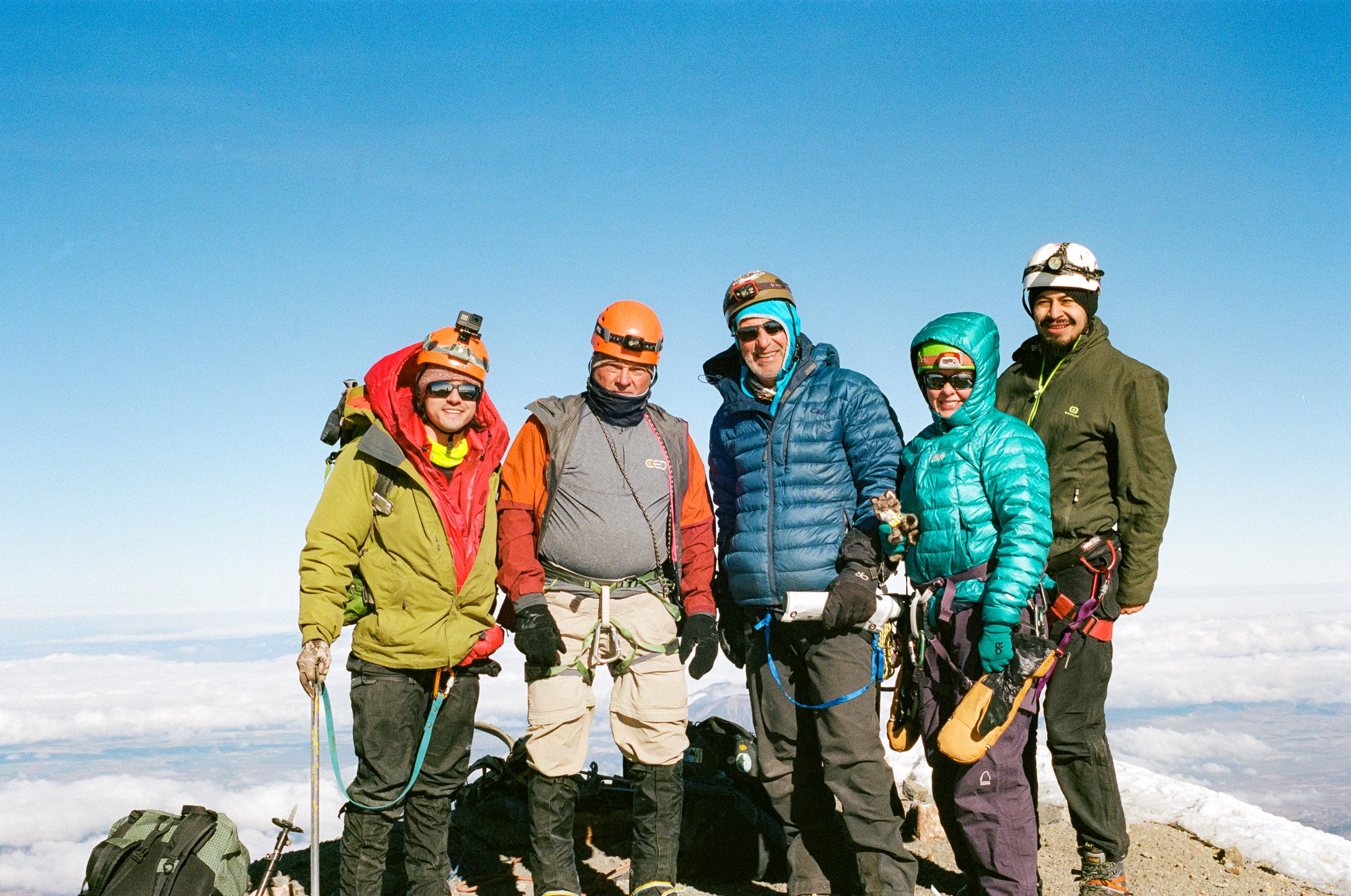I have a new camera, the Nikon FM, a full manual, all mechanical, 35mm film camera. This camera will compliment my mirrorless Sony alpha NEX-3N digital camera.
I got a film camera for a few reasons. First, I want to see what kind of resolution I can get out of 35mm film, mainly while hiking. Though 35mm is not really used for landscapes I hope I can coax out sharp images with a tripod, cable release, filters, and timer (mirror lock-up). The FM is a step up from the NEX-3N’s 16.1 MP APS-C sensor to “full-frame,” and 35mm film (especially on a manual camera) is a good introduction to medium and large format film that have even more resolution.
Second, lenses for old film cameras are cheaper than the same lenses for modern digital cameras, so I can try out different lenses. I am particularly excited to use a telephoto lens for landscapes and a macro lens for flowers and other details. Both lenses could be had for the FM for around $50. The only lens I have for the NEX-3N is a 16-50mm f/3.5-f/5.6 zoom lens which has been wonderful to use. However, a telephoto lens for the NEX-3N is around $300, likely because of the electronics (autofocus, zoom, image stabilization). My first lens for the FM is a 50mm f/1.4 prime lens. Being a prime lens, I hope the details in photos are sharper than those taken with the NEX-3N’s zoom lens. In addition to lenses, I can also add neutral density and polarization filters. Neutral density filters will allow me to use the wide open aperture even in bright light. The f/1.4 aperture is much larger than the NEX-3N’s f/3.5, so I’m excited to see how smooth and blurred background elements get, especially with macro shots.
Third, though film photography is challenging, it has a unique, classic look. I am already shooting in manual mode on the NEX-3N and am familiar with the basics of photography. In particular, I do not like the pixel noise (or grain) of higher ISO settings. Recently, I’ve been shooting with the NEX-3N on 200 ISO only, even if it means slower shutter speeds. The FM can use ISO film down to 12! I’m interested to see how slower film and slower shutter speeds impact the contrast and saturation in photos.
Finally, I hope to use the FM to slow down and think more about each shot. Photos on the NEX-3N can feel documentary at times, just taking a photo to record or remember a particular detail. With the FM, I hope there can be more focus on the emotions in each photo.









